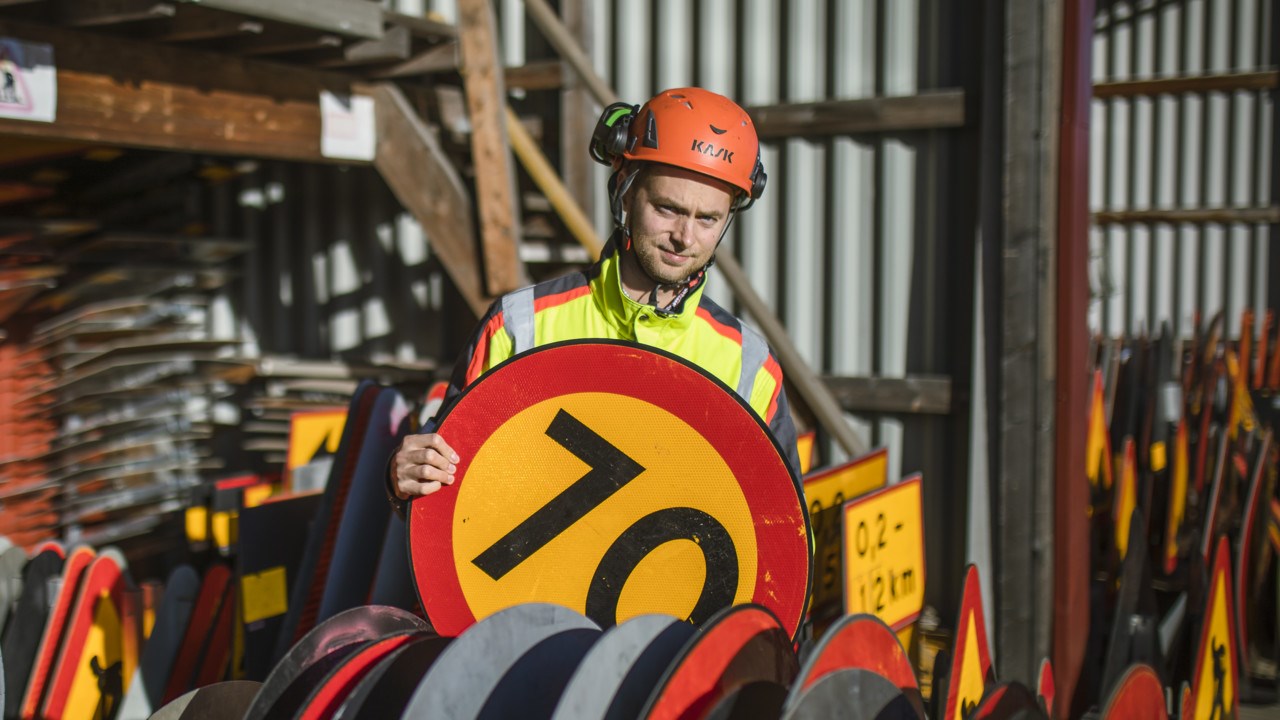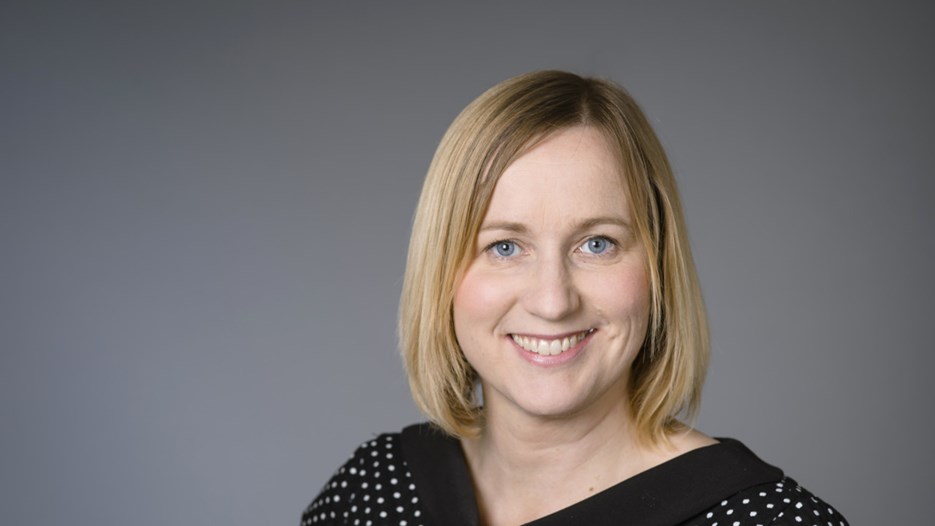"Co-op is currently in place at four programmes within the Faculty of Science and Technology. But we also see great opportunities to develop the concept in studies in the social sciences and humanities," says Co-op coordinator Anna-Lill Drugge.

Image: Mattias Pettersson



